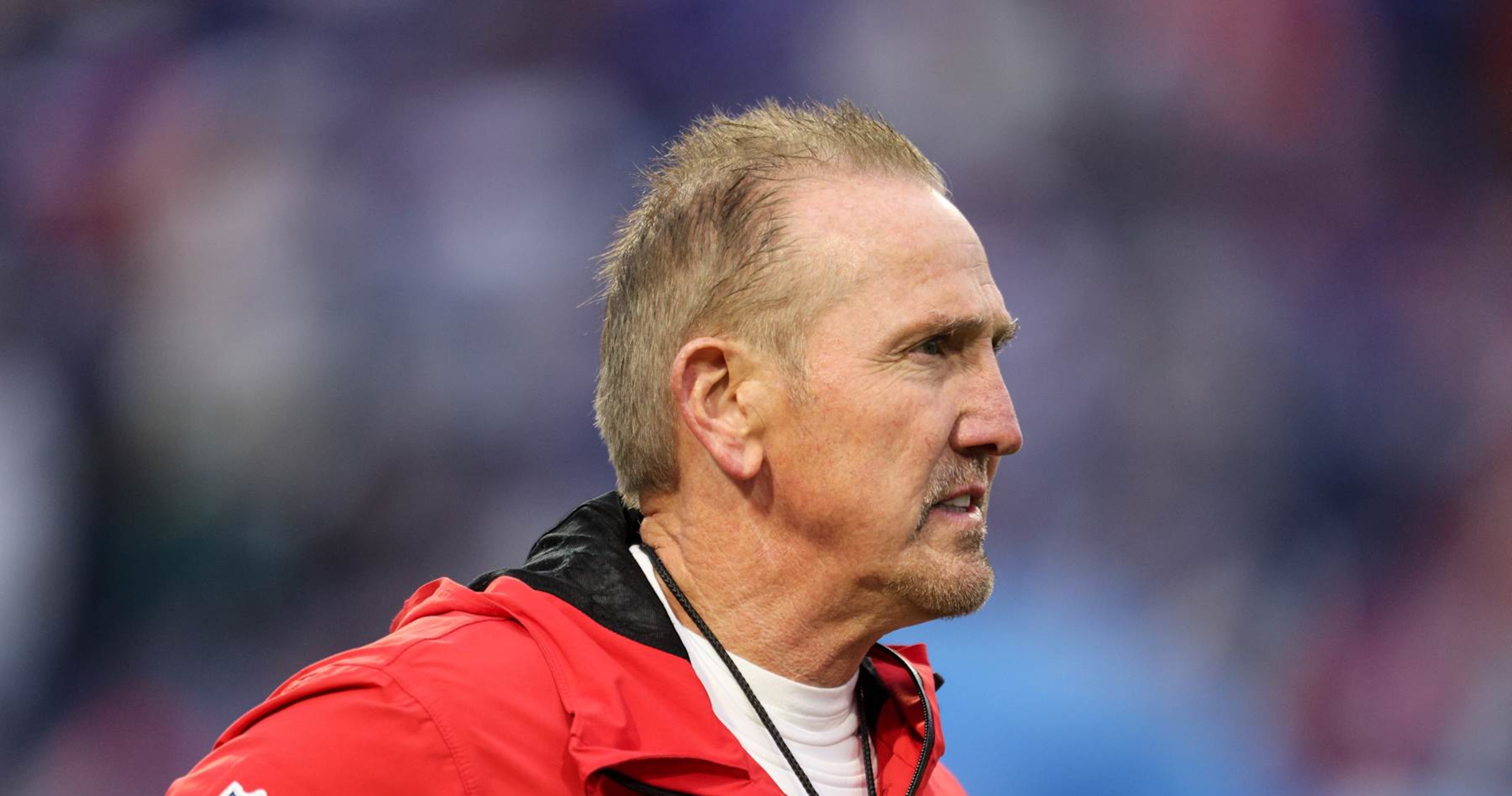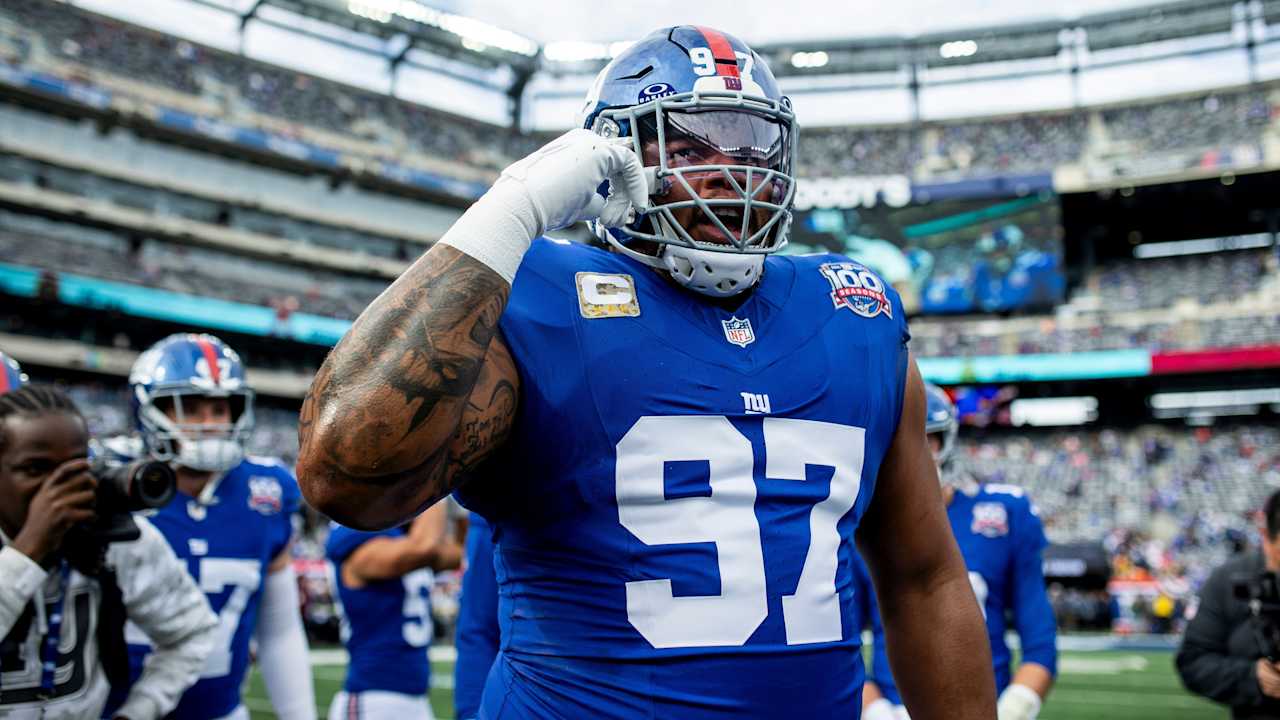Golf
New TGL offers unique take on televised golf

The Tiger Woods and Rory McIlroy-backed TGL, a new upstart golf enterprise from TMRW Sports, debuts Tuesday evening on ESPN and ESPN+ as the New York Golf Club plays The Bay Golf Club.
The six-team league combines some elements from traditional sports, including a 40-second shot clock, timeouts and referees, with high-tech components of a new virtual, video game-like environment built for television.
“We’re broadcasting a completely different version of a sport than really anyone has ever seen before,” said Jeff Neubarth, TGL’s vice president of content and producer, in an interview with Sports Media Watch. “This is much more akin to the NBA, NHL or any other team sport than it is to golf in terms of coverage. … I can’t exactly go watch the other TGL league to go look at how it was covered and come up with the plan.”
During the two-hour broadcast, two teams made up of PGA Tour players will compete in two different sessions: one 3-on-3 format where players will alternate shots across nine holes and a head-to-head competition over six holes. The custom-built, 1,500-seat SoFi Center sits on the campus of Palm Beach State College and features a massive simulator screen measuring 64 feet by 46 feet.
Neubarth said the TGL, which is responsible for producing the inaugural season for ESPN’s platforms, has drawn broadcast inspiration from multiple sports and events, including the NFL and Olympics. Of the 73 total camera sources being incorporated into the TGL broadcast, 28 are robotic and 10 are virtual. Neubarth wanted to eliminate human camera operators on the field of play in order to elevate the in-house fan experience and provide a more premium look and feel.
Some of the specialty cameras will include a Spyder Cam and Rover Cam, which traverses the playing field, in addition to robotic tee box and bunker cameras. The TGL also married an Olympic-style Rail Cam with an NFL cart camera to cover the 360-degree rotating green from all angles.
As Neubarth described, the Rail Cam runs along more than 400 feet of track around the facility and features two separate cameras to capture both wide and tight player shots. There will be up to three virtual camera positions per hole, including a virtual Blimp. Originally nicknamed the ‘Happy Gilmore Camera,’ the TGL also has a wide shot virtual camera to capture unique areas where players attempt to carry an obstacle, creating a more dramatic shot for viewers.
Other audio effects include a 40-second shot clock. With about 15 seconds remaining, the audio in SoFi Center will begin making a heartbeat sound, with the noise increasing in speed and getting louder as each second ticks off. With their eyes on the ball, players will have an audio cue to let them know where they’re at in the shot clock.
“Our format, our venue and our technology allows us to tell those unique stories and provide those unique experiences,” Neubarth said.
All players will wear a lightweight microphone and in-ear headphone to hear their teammates, along with on-site play-by-play caller Matt Barrie and reporter Marty Smith, when they’re not hitting. Scott Van Pelt will host the TGL remotely from his Washington, D.C.-based studio.
“One of the things that we’re most excited about is being able to bring you access and take you closer to sport than you can get in most sports,” said Neubarth, who will be joined by director Johnathan Evans. “No matter what you’re watching, everyone’s captivated by the strategic conversations that happen.” He added he’s particularly interested for fans to hear media talent directly ask players what thoughts went through their head before a particular putt or what advice they gave their teammate prior to a pressure-filled shot.
“I personally can’t wait for the first player who tries to ice Tiger Woods with a timeout when he has a putt to win a hole, and the glare and the stare they’re going to get from the GOAT,” Neubarth said of the two timeouts that teams receive per session. “Those are things that are going to be fun and strategic. The players will enjoy, the audience will enjoy. Even if you’re not a golf fan, you can relate to that. … It’s fun to take elements from other sports and bring them into this version of our sport.”
In addition, Neubarth said he is also looking forward to showcasing the speed of TGL. “Take away the walking, put in a 40-second shot clock and require action — the pace almost becomes frenetic, akin to basketball or hockey. That’s the part that makes me smile the most when I’m watching it because it moves so fast.”
Lee Berke, veteran sports media consultant and owner of LHB Sports, Entertainment and Media, explained that the TGL’s condensed format in a controlled venue — where viewers can witness all shots from some of the world’s top players — “has the potential to attract younger and broader audiences from not only golf but the broader sports world.” The unique competition format could fuel a level of excitement that is new to golf, adding to the intrigue, Berke added.
“The proof in TGL, though, will be in the actual implementation and broadcast production as well as the ratings,” he said.
The TGL created all of the broadcast graphics for the competition. Throughout the telecast, there will be a consistent, on-screen presence of shot data and metrics. There are about 150 total personnel — including TGL and ESPN staffers, in addition to third-party vendors — that are part of the overall broadcast.
From a partnership perspective, the TGL worked with Full Swing to develop the gameplay and virtual cameras while Toptracer’s ball-tracing capabilities and camera sensors will track players’ ball flights throughout the competition.










